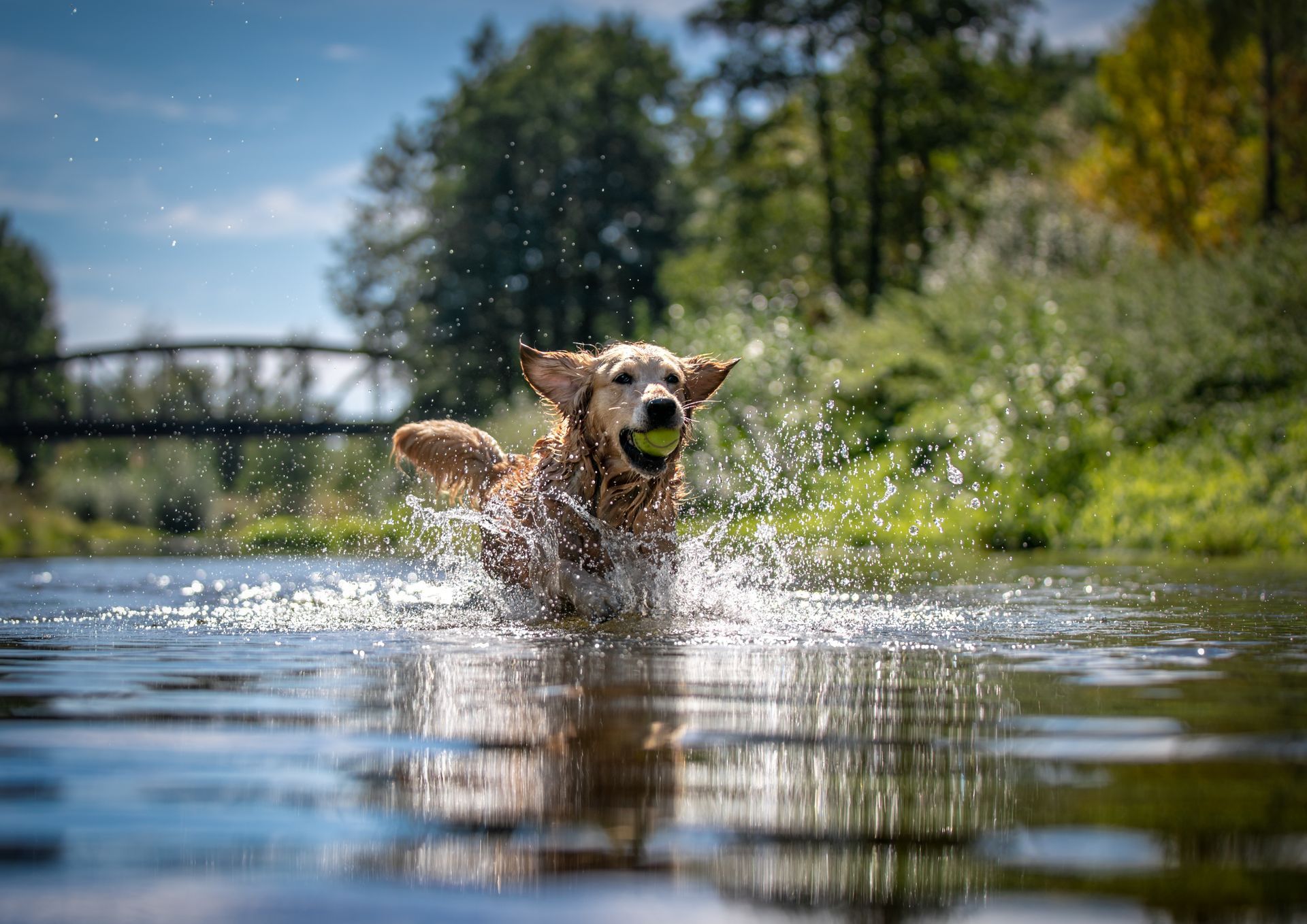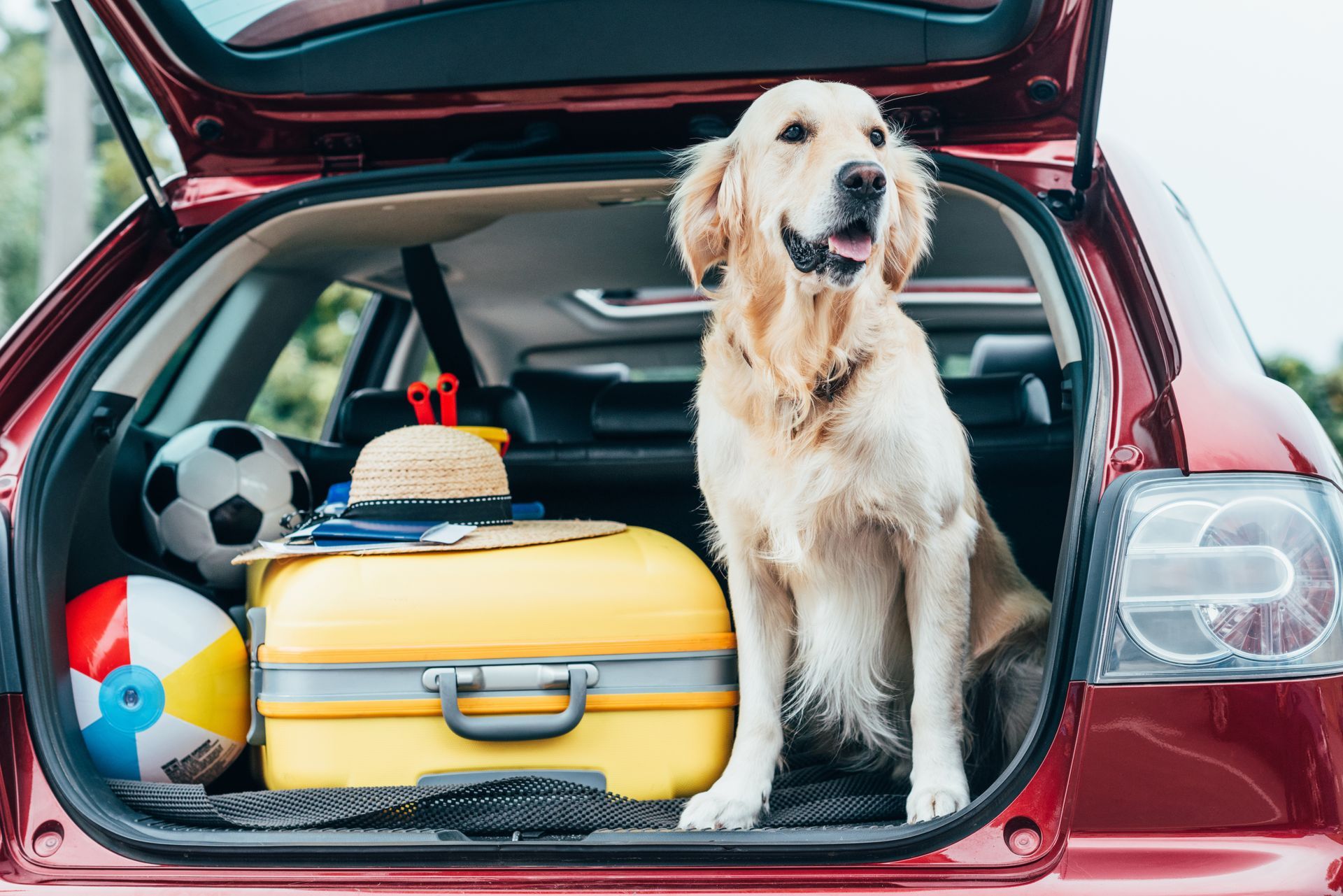Water Safety for Dogs: Keeping Your Furry Friends Safe and Happy
Water Safety For Dogs: Keeping Your Pet Safe and Happy

Summer is the perfect time to enjoy the water with your dog, whether it's at the beach, lake, pool, or even a backyard sprinkler. While water activities can be a lot of fun for dogs, it's crucial to ensure their safety. Here are some essential water safety tips to keep your canine companions safe and happy during your aquatic adventures.
Supervision is Key
Always supervise your dog when they are around water. Even if your dog is a strong swimmer, accidents can happen. Keep a close eye on them to ensure they are not getting too tired or caught in a current.
Use a Dog Life Jacket
Not all dogs are natural swimmers, and even good swimmers can benefit from wearing a life jacket. Life jackets provide buoyancy and help keep your dog afloat, reducing the risk of drowning. Make sure to choose a life jacket that fits your dog properly and is designed for their size and weight.
Introduce Your Dog to Water Gradually
If your dog is new to water activities, introduce them slowly. Start in shallow water and let them get used to the sensation of being in the water. Gradually move to deeper water as they become more comfortable. Positive reinforcement and patience are key to helping your dog enjoy the water safely.
Avoid Strong Currents
Stay away from areas with strong currents, such as fast-moving rivers or ocean waves, which can be dangerous for dogs. Even strong swimmers can struggle against powerful currents. Choose calm, shallow areas for your dog to swim and play.
Rinse Off After Swimming
After your dog has been in the ocean, lake, or pool, rinse them off with fresh water. Saltwater, chlorine, and lake water can irritate your dog's skin and coat. Rinsing off will help remove any potentially harmful substances and keep their skin healthy.
Provide Fresh Drinking Water
Ensure your dog has access to plenty of fresh water to drink. Dogs can get dehydrated quickly, especially when playing in the sun and water. Drinking saltwater or pool water can be harmful and lead to stomach upset, so always provide fresh water for your dog to drink.
Watch for Signs of Fatigue
Swimming is tiring, and your dog can get fatigued quickly, especially if they are not used to extended periods of swimming. Watch for signs of tiredness, such as slow swimming, excessive panting, or difficulty staying afloat. Give your dog plenty of breaks to rest and recover.
Protect Their Paws
Hot sand, concrete, and sharp objects in the water can injure your dog's paws. Check the ground temperature before allowing your dog to walk on it, and be cautious of sharp objects or debris in the water that could cause cuts or injuries.
Know Pet CPR
In case of an emergency, knowing pet CPR can be life-saving. Take a Pet CPR class or familiarize yourself with the basics of Pet first aid. This knowledge can be invaluable in a critical situation.
Be Mindful of Water Conditions
Before letting your dog swim, check the water conditions. Look for signs of harmful algae blooms or pollutants that could be dangerous. Avoid letting your dog swim in areas where water quality is poor or where there is visible contamination.
Water activities can be a fantastic way to bond with your dog and keep them active and entertained. By following these water safety tips, you can ensure that your furry friend stays safe and enjoys their time in the water. Remember, safety first means fun for everyone!
For more detailed information on water safety for dogs, visit the AKC and the ASPCA.
RECENT ARTICLES



